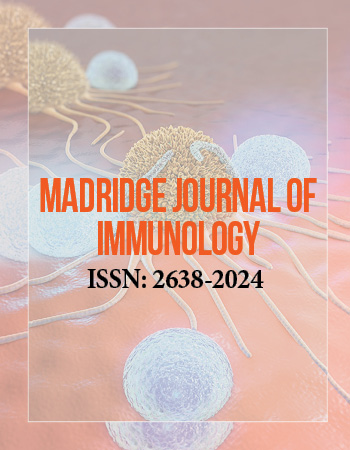International Conference on Immunology and Immunotechnology
November 1-3, 2017 Barcelona, Spain
Role of ‘Serum Amyloid A’ as a Marker of Disease Activity in Juvenile Idiopathic Arthritis
Dept. of General Medicine, Institute of Medical Sciences, Banaras Hindu University, India
Background/Purpose: Although several studies have validated the use of serum amyloid A (SAA) protein as a biomarker for the disease activity in different rheumatoid conditions, it has not been extensively used in clinical practice. Moreover only one such study is available in relation with JIA.
Methods: A total of 50 newly diagnosed cases of JIA (modified ILAR criteria 2001), covering all subtypes and 40 healthy controls of same age and sex, were included in this study. Serum amyloid A (SAA), erythrocyte sedimentation rate (ESR) and C-reactive protein (CRP) were measured in both patients and healthy controls. Quantitative measurement of SAA level was done using standard human SAA ELISA kit. Disease activity was assessed by number of large joints affected, ie. USG score (Out of total 8; viz bilateral elbow, wrist, knee, ankle) as detected by the USG study as well as clinical examination in all patients.
Results: SAA levels were significantly higher in JIA patients versus healthy controls (p<0.001). Significant positive correlations were found between SAA and the presence of active joints (r=0.64, p<0.001), ESR(r=0.39, p<0.05) and CRP(r=0.36, p<0.05). Similar but less significant correlations between ESR and the presence of active joints (r=0.39, p<0.05) and between CRP and the presence of active joints (r=0.36, p<0.05) were demonstrated in JIA patients.
The correlation between CRP and ESR was also significant (r=0.57, p=<0.001). The mean USG score of patients with increased SAA level was significantly higher than that of patients with normal SAA level (p<0.05).
Conclusion: We discovered a significant increase in SAA levels in JIA patients and strong positive correlation between SAA level and JIA disease activity. We also discerned SAA to be a more sensitive laboratory marker than ESR and CRP for evaluating the presence of active joints.


